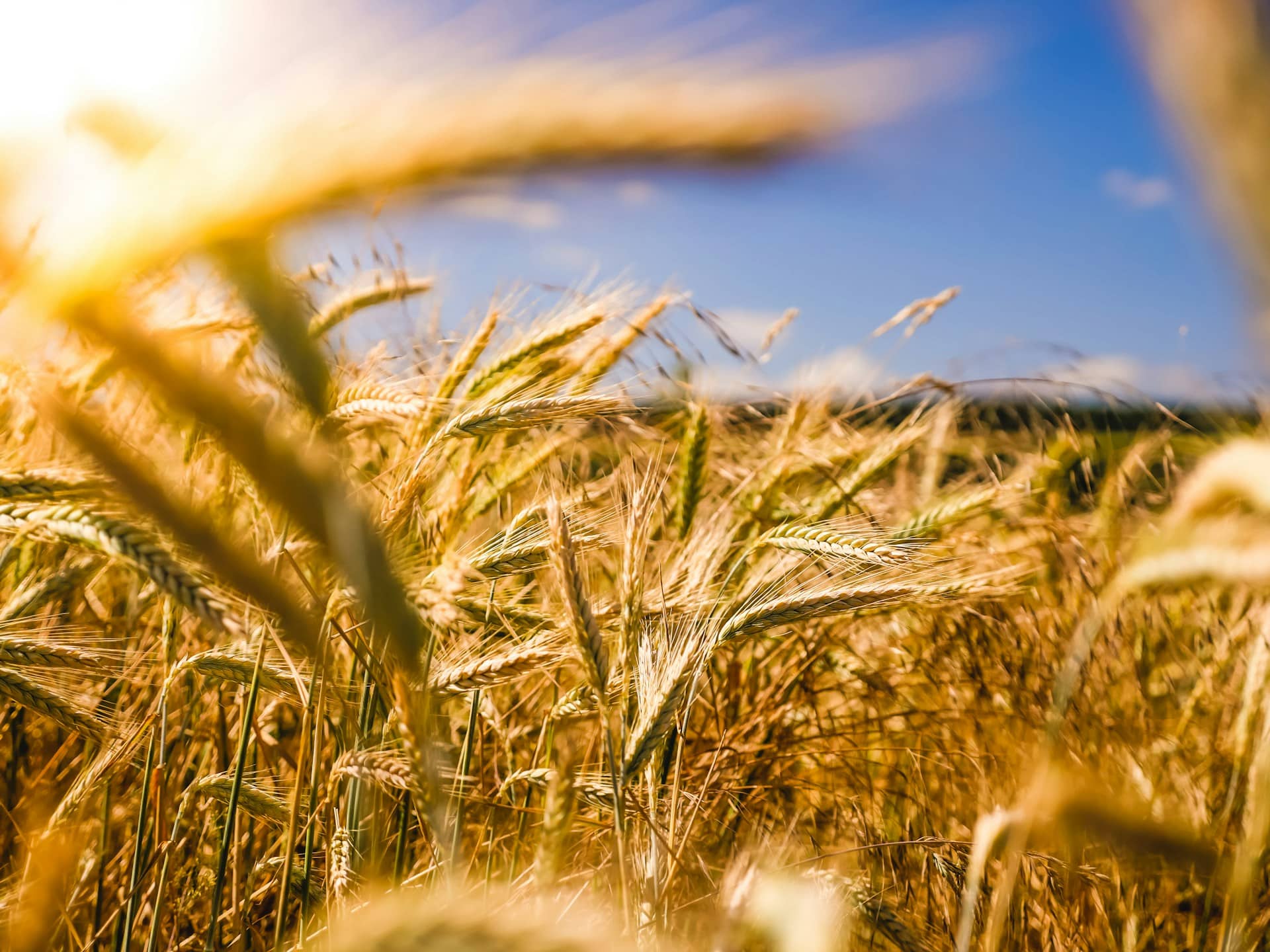What’s the Role of Robotics in Precision Agriculture?

In the ever-evolving world of technology, robotics has found its way into nearly every aspect of our lives. It has revolutionized industries from healthcare to manufacturing and is now poised to transform agriculture. With the world’s population increasing and the need for innovative farming techniques becoming more urgent, the relevance of robotic technology in agriculture cannot be overstated. Through precision agriculture, robotics are enabling farmers to increase efficiency, reduce costs, and improve crop yields. Let’s dive into the various facets of this fascinating subject.
The Intersection of Robotics and Agriculture
The intersection of robotics and agriculture marks a new era for farmers and the broader food industry. With the advent of agricultural robots, we are witnessing an extraordinary fusion of technology and traditional farming practices.
A lire également : Speak arabic with confidence: join the al kaamil journey
Agricultural robots, or agribots, have been created to automate farming procedures, reducing human labor and increasing farming efficiency. These autonomous, programmable machines use data from various sources to perform precise farming tasks. It can range from seeding, fertilizing, and watering crops to harvesting and packaging the produce.
This convergence of robotics and agriculture is not just a fancy tech trend. It’s a necessity. With the planet’s population projected to reach 9.7 billion by 2050, according to the United Nations, food production needs to increase by 70%. This is an enormous challenge given the finite amount of arable land and the environmental impacts of intensive farming. This is where precision farming facilitated by robotics can be a game changer.
A lire également : Unbox the fun: your guide to anime mystery boxes
The Power of Precision Agriculture
Precision agriculture represents a new approach to farming. Using data and technology, it aims to fine-tune agricultural practices, ensuring the right treatment is delivered at the right time and in the right quantity to the crops.
This is where robots play a pivotal role. Equipped with GPS systems, sensors, and AI, these machines can collect and analyze vast amounts of data about a specific field. This includes soil conditions, crop health, weather patterns, and pest infestation. The analysis of this data allows farmers to customize their farming practices, leading to better crop yields and reduced waste.
For instance, autonomous robots can map a field, evaluate soil conditions and program themselves to distribute the exact amount of fertilizer or pesticide needed for each plant. This precision approach not only saves resources but also minimizes the environmental impact.
The Growing Market of Agricultural Robots
The market for agricultural robots is rapidly growing. According to a report by Verified Market Research, the global agricultural robots market size was valued at USD 4.6 billion in 2020 and is expected to grow at a compound annual growth rate (CAGR) of 34.5% from 2021 to 2028.
The increased demand for food due to the growing global population, coupled with the need for sustainable farming practices, has propelled the market growth. This growth is further fueled by ongoing research and development in the field of robotics and AI, leading to the advent of more sophisticated agricultural robots.
Countries around the world are recognizing the potential of agricultural robots. In the United States, for example, robots are used to milk cows, while in Japan, they are used to transplant rice seedlings. As the technology becomes more widespread and affordable, it is anticipated that more farmers will adopt these robotic solutions.
The Future of Farming: Autonomous Systems and Robotic Technology
The future of farming lies in autonomous systems and robotic technology. These systems are capable of operating independently, with minimal human intervention, making them ideal for use in large-scale farming operations.
One of the most significant developments in this area is the use of drones. These unmanned aerial vehicles are equipped with advanced sensors and cameras, enabling them to monitor crop health, identify diseases, and even apply pesticides.
Another promising development is the use of robotic harvesters. These machines can identify ripe fruits and vegetables, pick them without causing damage, and sort them based on their quality. This can save immense amounts of time and labor for farmers.
The integration of AI and machine learning into these systems will further enhance their capabilities. For instance, AI can help predict crop yields based on historical data and current conditions, enabling farmers to make more informed decisions.
The implementation of autonomous systems and robotic technology in farming will not only help meet the growing demand for food but also promote sustainable farming practices. This will be vital for ensuring food security and protecting our planet in the years to come. The rise of these technologies signifies an exciting future for precision agriculture.
Challenges and Opportunities in Robotics Agriculture
The advent of robotics agriculture and precision farming has not been without its unique set of challenges. On one hand, there are substantial upfront costs involved in acquiring and implementing these high-tech devices, which may be prohibitive for small-scale farmers. There is also a steep learning curve relating to the use of these technologies which may deter some agrarians who are more comfortable with traditional farming methods.
However, on the other hand, the use of agricultural robots and AI technology presents some compelling opportunities. Google Scholar and various international conference reports indicate that the use of agricultural robots has resulted in significant improvements in food production. For instance, a vision-based system used in agricultural machinery can improve crop yield by identifying and eliminating diseased plants in the early stages. Similarly, the use of mobile robots for tasks such as planting and harvesting can result in considerable labor savings.
Moreover, the application of machine learning and AI in precision agriculture could potentially revolutionize the industry. Through the use of remote sensing devices, farmers can access real-time data on weather conditions, soil health, and pest activity. With this data, they can make informed decisions that will optimize farming practices and increase crop yield.
Furthermore, the advent of low-cost, energy-efficient agricultural robots could be a game-changer, especially for farmers in developing countries. These robots, coupled with sustainable farming practices, have the potential to address food security issues and promote economic growth.
Conclusion: Paving the Way for a Sustainable Future
The confluence of robotics and agriculture, known as robotics precision agriculture, marks a promising frontier in the evolution of farming practices. By leveraging the power of cutting-edge technology, we can transform the agricultural landscape, making it more efficient, sustainable, and productive.
The integration of artificial intelligence, machine learning, vision-based systems, and mobile robotics into farming practices is not just a fascinating development in the tech world; it’s an essential solution to the looming global food crisis. With the world’s population projected to soar in the coming years, the need to innovate and optimize food production becomes ever more urgent.
While the adoption of agricultural robots presents certain challenges, the benefits they offer far outweigh the difficulties. These smart farming devices are not just labor-saving and cost-effective, but they also promote sustainability by minimizing waste and reducing the environmental impact of farming.
In conclusion, the rise of robotics agriculture affirms a promising future for precision farming. It’s a future where technology and tradition blend, farming becomes more efficient, and food production is more sustainable. The future of farming is indeed smart and green, and we are just scratching the surface of what’s possible in this brave new world of precision agriculture.
